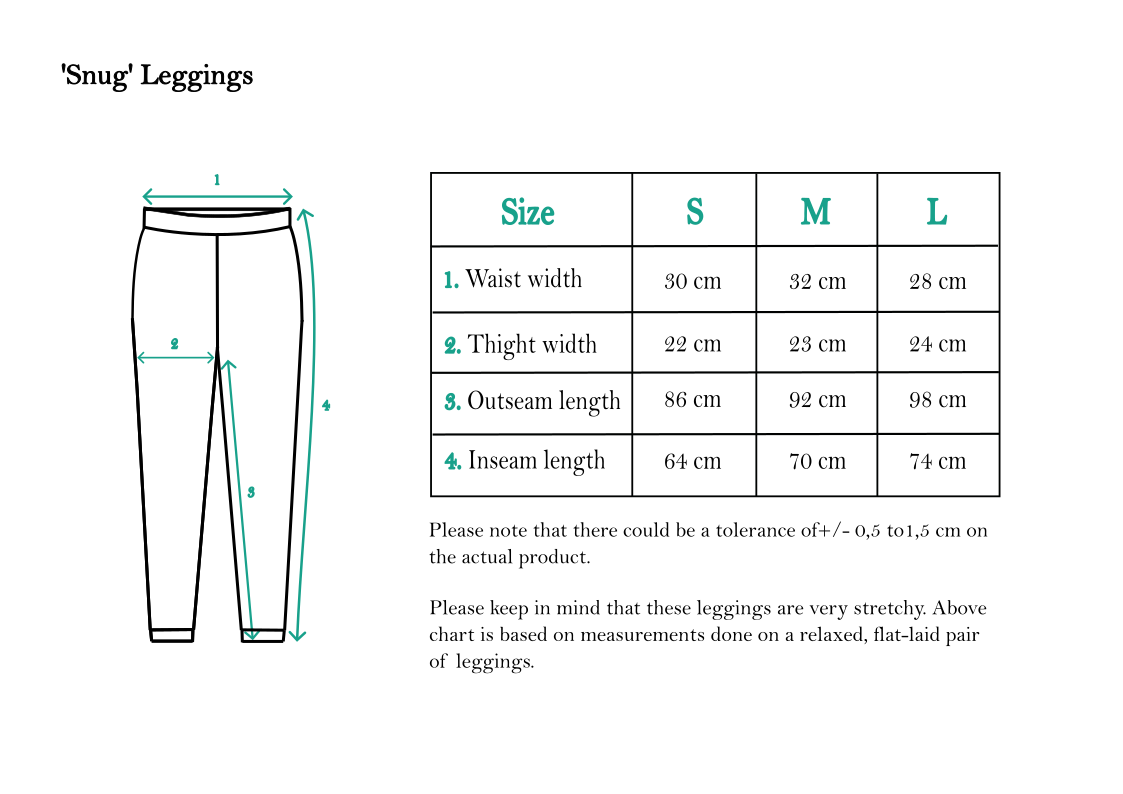Size Guide for All Products - Please scroll down to find the right product chart



Mongolia is one of the countries where you can find the oldest human subsistence method, the nomadic way of living. The nomads from here are pastoral and move from place to place as a way of finding pasture for their livestock which consists of camels, horses, sheep, goats, cattle, and yaks.
Livestock production has been the main source of living for the nomads for centuries. However, this sector is at a crossroads where it needs to change its management method drastically. Due to a lack of awareness about rangeland degradation along with the absence of policy, the number of herds almost tripled in just about three decades from 23 million to 66 million.
Concurrently, the ratio of goats to other livestock soared from a mere 20% to a whopping 40%. This is largely driven by a growing global demand for cashmere.
Although goats are proven to be beneficial for the environment when they are kept in the right habitats when unleashed on unsuitable ecosystems they can wreak havoc. Their habit of ripping up plants by their roots makes it almost impossible for grass to regenerate and thrive on the already fragile Mongolian steppe. Increasing livestock numbers beyond the capacity of rangeland can lead to acute limitations of forage and persistent rangeland degradation.
Based on 2014 data, 65% of Mongolian rangeland is degraded. Only 48% of it would require more than three years to recover with altered management, and 7% of it has already desertified. A recent national study concluded that the carrying capacity of the pasture is greatly exceeded in many areas, and the overgrazing is a primary factor of rangeland degradation observed in Mongolia.
Through careful management of the livestock, pasture health can be preserved or restored. Keeping the livestock number under control is the foundation of effective rangeland management. Herders need to be encouraged to increase animal quality rather than its quantity in order to save not only the millennia-old nomadic way of living but also the nature that is essentially home to all of humankind and other living beings.
Read more: Sustainability in the Fashion Industry
Sources:



Although cashmere is usually associated with luxury and elegance, its producers, goats, are not exactly graceful when it comes to the environment. At this point, 65% of the national territory is threatened by desertification, and the numbers don’t seem to be getting any better. To support grassland regeneration in Mongolia, we established a company that offers wool products that are an alternative to cashmere.


